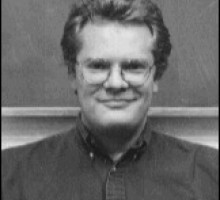
Reviews
Any with an interest in criminal justice or general social issues will find this a compelling account.
To paraphrase Dragnet, there are many histories to tell of the lie detector; this is a good one.
The Truth Machine surpasses all previous studies of lie detectors in illuminating the historical and cultural contexts in which this controversial device originated. In clear and compelling style Geoffrey Bunn examines how and why the lie detector was finally 'invented' in the United States despite its being based upon far earlier European technological innovations. In the process Bunn offers a fascinating case study in the evolution of 'truth' itself. The book could hardly be more timely.
Book Details
Introduction: Plotting the Hyperbola of Deception
1. "A thieves' quarter, a devil's den": The Birth of Criminal Man
2. "A vast plain under a flaming sky": The Emergence of Criminology
3. "Supposing that
Introduction: Plotting the Hyperbola of Deception
1. "A thieves' quarter, a devil's den": The Birth of Criminal Man
2. "A vast plain under a flaming sky": The Emergence of Criminology
3. "Supposing that Truth is a woman—what then?": The Enigma of Female Criminality
4. "Fearful errors lurk in our nuptial couches": The Critique of Criminal Anthropology
5. "To Classify and Analyze Emotional Persons": The Mistake of the Machines
6. "Some of the darndest lies you ever heard": Who Invented the Lie Detector?
7. "A trick of burlesque employed... against dishonesty": The Quest for Euphoric Security
8. "A bally hoo side show at the fair": The Spectacular Power of Expertise
Conclusion: The Hazards of the Will to Truth
Acknowledgments
Notes
Essay on Sources
Index






